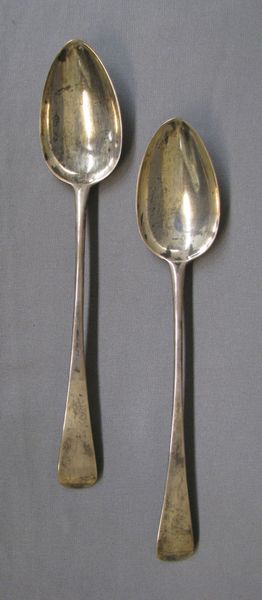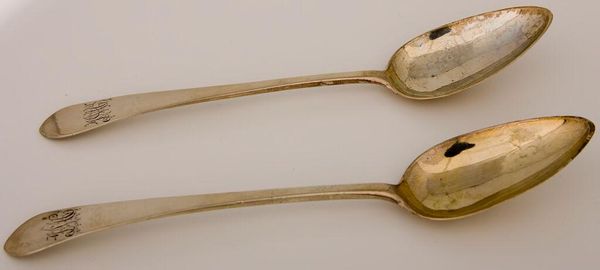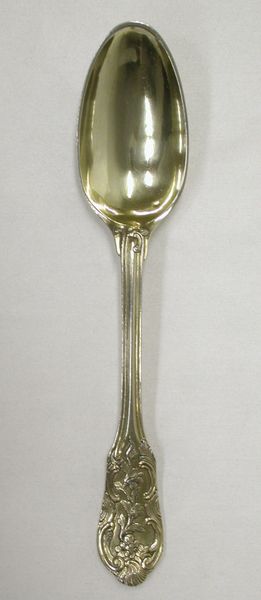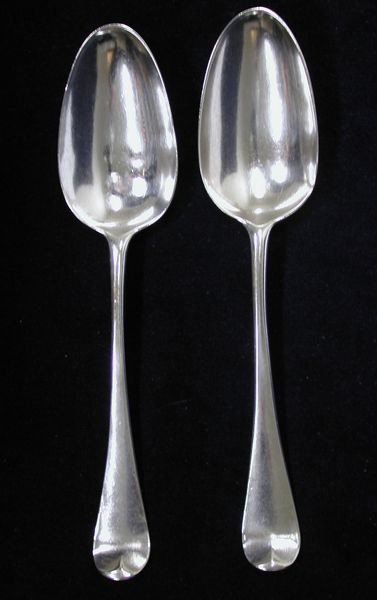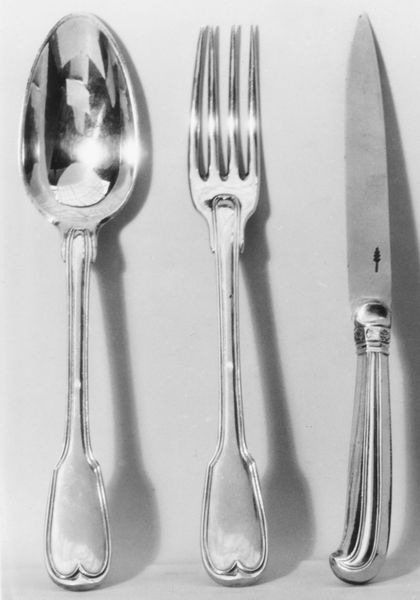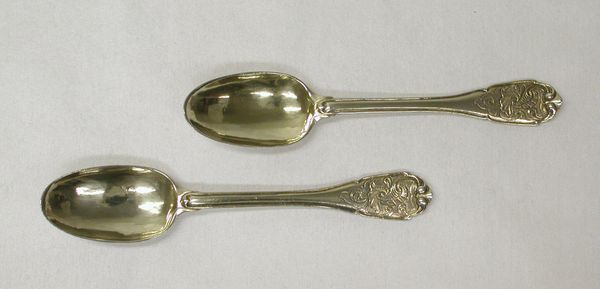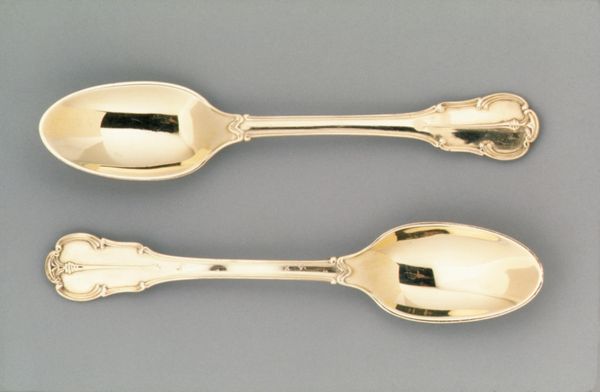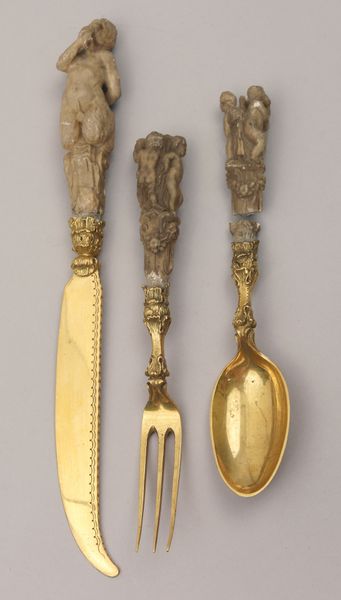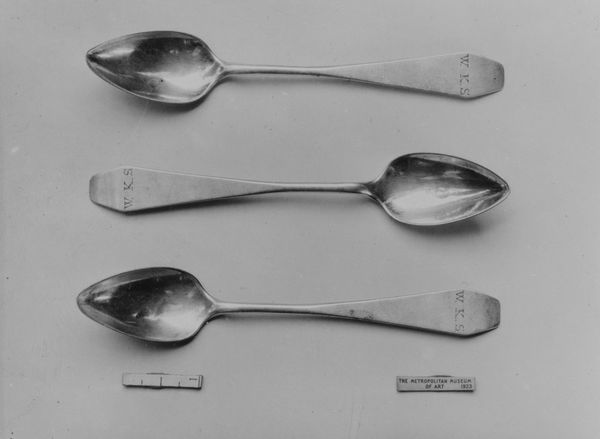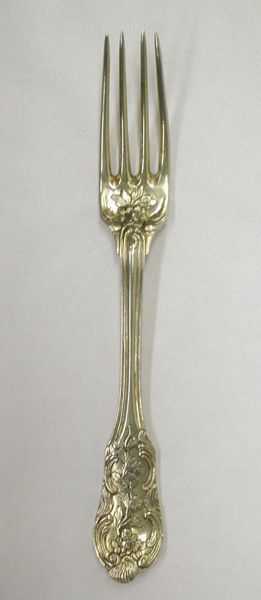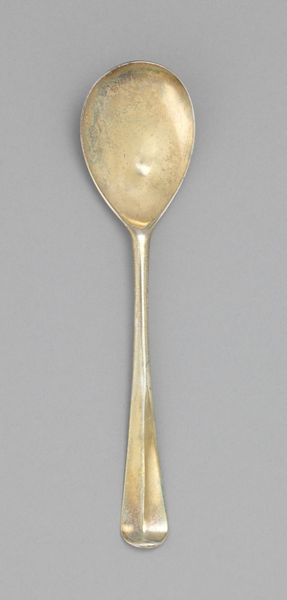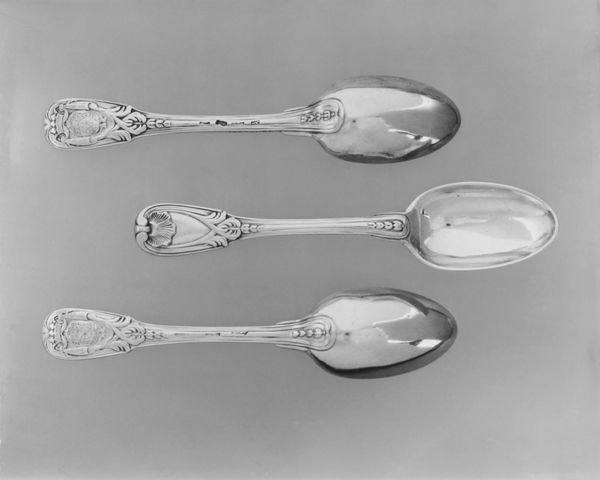
porcelain, sculpture
#
baroque
#
porcelain
#
sculpture
#
decorative-art
Dimensions: Length: 7 1/2 in. (19.1 cm)
Copyright: Public Domain
Editor: Here we have a fork made between 1745 and 1765 by the Meissen Manufactory. It's crafted from porcelain. It’s quite ornate for a utensil! I’m immediately struck by the material—porcelain seems like an odd choice for something that's meant to be used, doesn't it? How should we understand an object like this? Curator: Let's think about the context of production. Meissen porcelain was a highly sought-after luxury good in the 18th century. So, is this really about eating? Or is it about displaying wealth and status? Editor: I see your point. The labor involved must have been extensive. The porcelain needs to be molded, fired, then hand-painted... it's not like mass-produced silverware today. It speaks volumes about class. Curator: Exactly! Think about the social stratification inherent in the production and ownership of such an object. What kind of labor went into its creation? Who would have used it? How does it separate the consumer from the means of production? Editor: So it's a material object that also tells a social story. How porcelain becomes this status symbol through skilled labor and limited access. It’s interesting how something as simple as a fork reveals so much about 18th-century society. Curator: Precisely. By focusing on the materiality of the fork – the porcelain, the gold – and understanding the complex processes required to create it, we gain insight into the social relations and power structures of the time. This transforms the perception of this decorative art into one interwoven with production and privilege. Editor: That’s definitely shifted my perspective. I now appreciate it as a historical object rooted in production, consumption and society, rather than purely for aesthetic or practical purpose. Thank you.
Comments
No comments
Be the first to comment and join the conversation on the ultimate creative platform.
